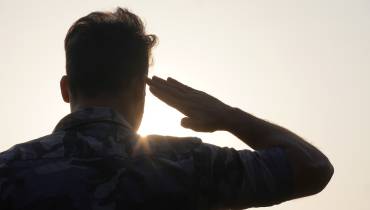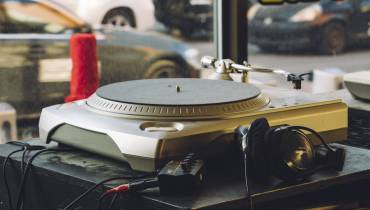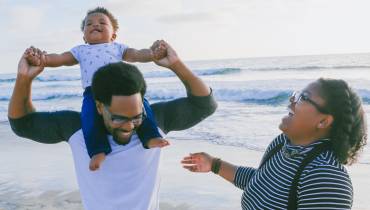How to Choose the Best Glock 48 Holsters: 4 Tips
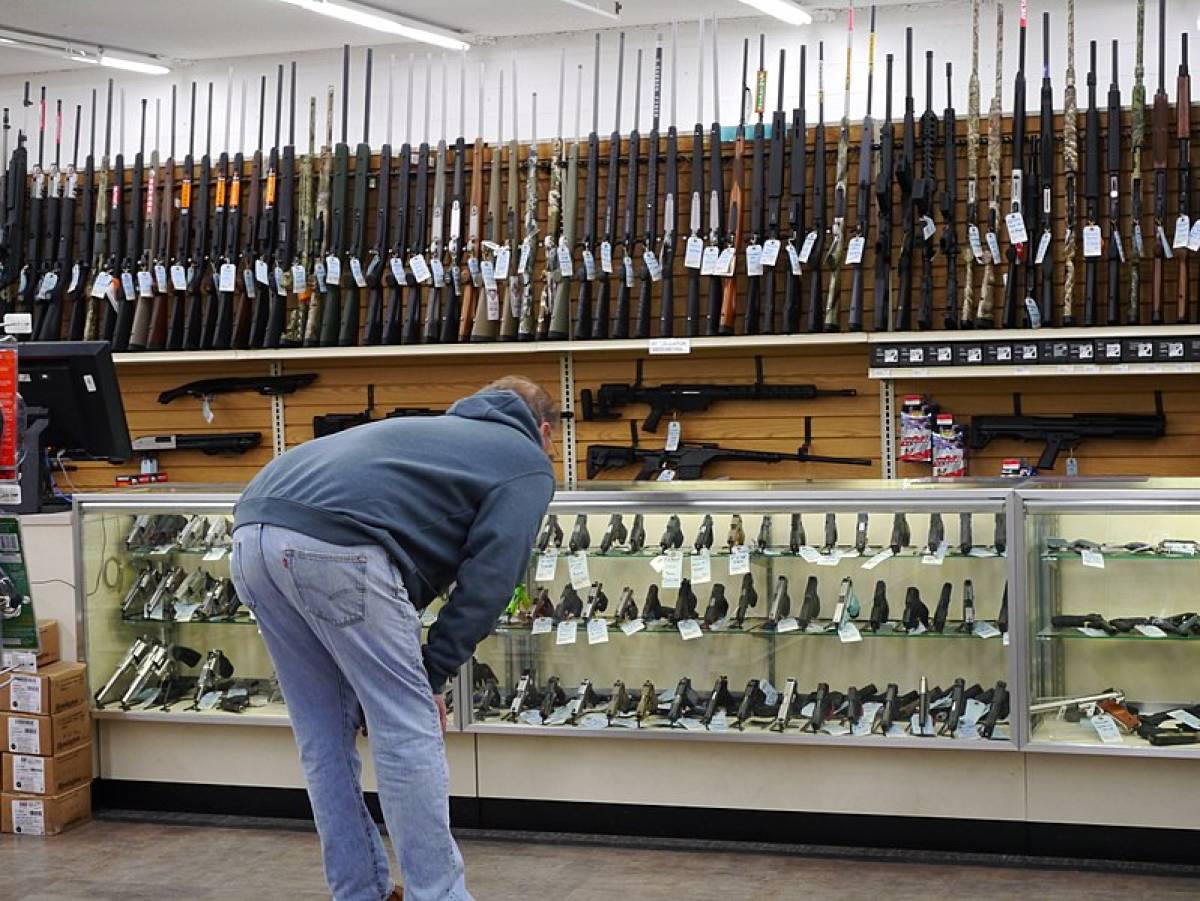
A gun section in Stans Merry Mart, Wenatchee Washington, U.S. Photo: Thayne Tuason / Wikimedia.
The world can be a dangerous place, and many people feel a lot safer when they are carrying or have a gun in their home. Even if they never have to pull it out and use it, guns make some people feel safer and gives them the peace of mind that comes along with owning one.
The U.S. Constitution grants citizens the freedom or right to “bear arms” in exercise of their Second Amendment Rights. Unfortunately, studies have shown that unintentional shootings are four times as common as legitimate gun use in home defense or hunting situations, which is why it’s critically important to take every step to ensure safety when handling guns.
For example, the Glock 48 is a popular pistol for concealed carry for both civilians and law enforcement. It's slim and lightweight, making it easy to conceal on your body. But, if you're carrying your Glock 48, you need to have a good holster that will protect your gun and keep it accessible.
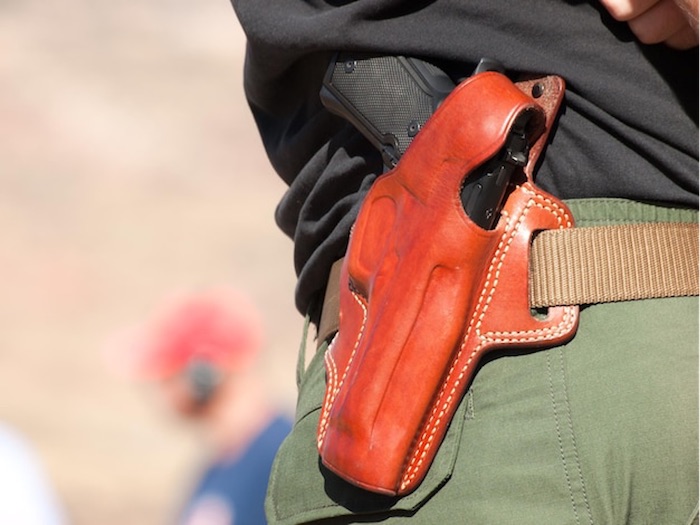
Here’re four tips for choosing the top Glock 48 holsters to ensure safety, accessibility, and comfort.
1. Consider Your Needs
There are different types of holsters on the market, each for specific purposes.
Decide whether you need a concealed carry option or if you plan on using your Glock 48 for open carry. It will help users narrow down the choices and make finding the best Glock 48 holster for your needs easier.
If you need a concealed carry option, there are many different holsters on the market designed for this purpose. Some people prefer a shoulder holster, while others prefer a waistband or ankle holster.
Consider what type of clothing you typically wear and how easy it would be to conceal a weapon.
2. Choose the Right Type of Holster
Whether you want a shoulder holster, a belt holster, or something else, select the right type before purchasing. For example, if you want to conceal your Glock 48, a shoulder holster may not be the best option.
Additionally, make sure you select a holster that’s compatible with your Glock 48. Some holsters are only compatible with certain firearms like revolvers or semi-automatics.
3. Make Sure the Holster Fits Well
Fitting is important for both comfort and security. Good-fitting top Glock 48 holsters will hold your gun snugly in place while still being comfortable to wear.
There are a few ways to test the fit of a holster. First, you can insert the unloaded gun into the holster and see how it feels. Does it slide in and out easily? Is it too tight or too loose?
Then, you can try wearing the holster around your house or yard to see how it feels after a few minutes. Does it rub anywhere? Is it comfortable to sit down with?
Finally, if you have the opportunity, you can try dry-firing your gun while it's in the holster. It will give a good idea of how well the gun stays in place and how easy it is to draw.
4. Check the Material of the Holster
The main factor to consider is the material of the holster. There are a few different materials that holsters can be made out of, including leather, nylon, and Kydex. Each type of material has its advantages:
i. Leather: It holds the highest market share owing to its attractive appearance. Leather is a durable material that will last a long time with proper care.
ii. Nylon: Nylon is a popular choice for holsters because it is lightweight and usually very affordable.
iii. Kydex: Known for its durability, Kydex is an excellent choice for those who are looking for a durable holster.
Conclusion
Whether you need a Glock 48 IWB holster for concealed carry or an OWB holster for range days, those are some of the key considerations to keep in mind. With the right holster, you can safely make the most of your Glock 48.







